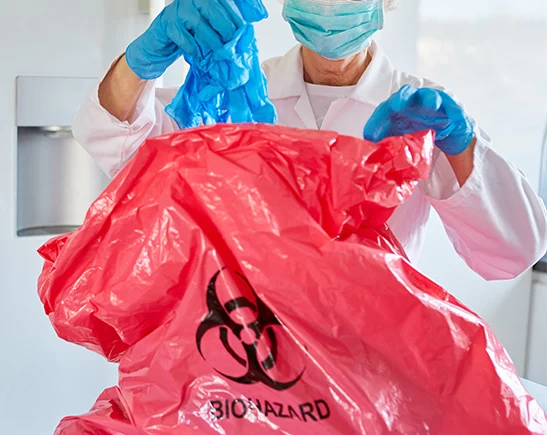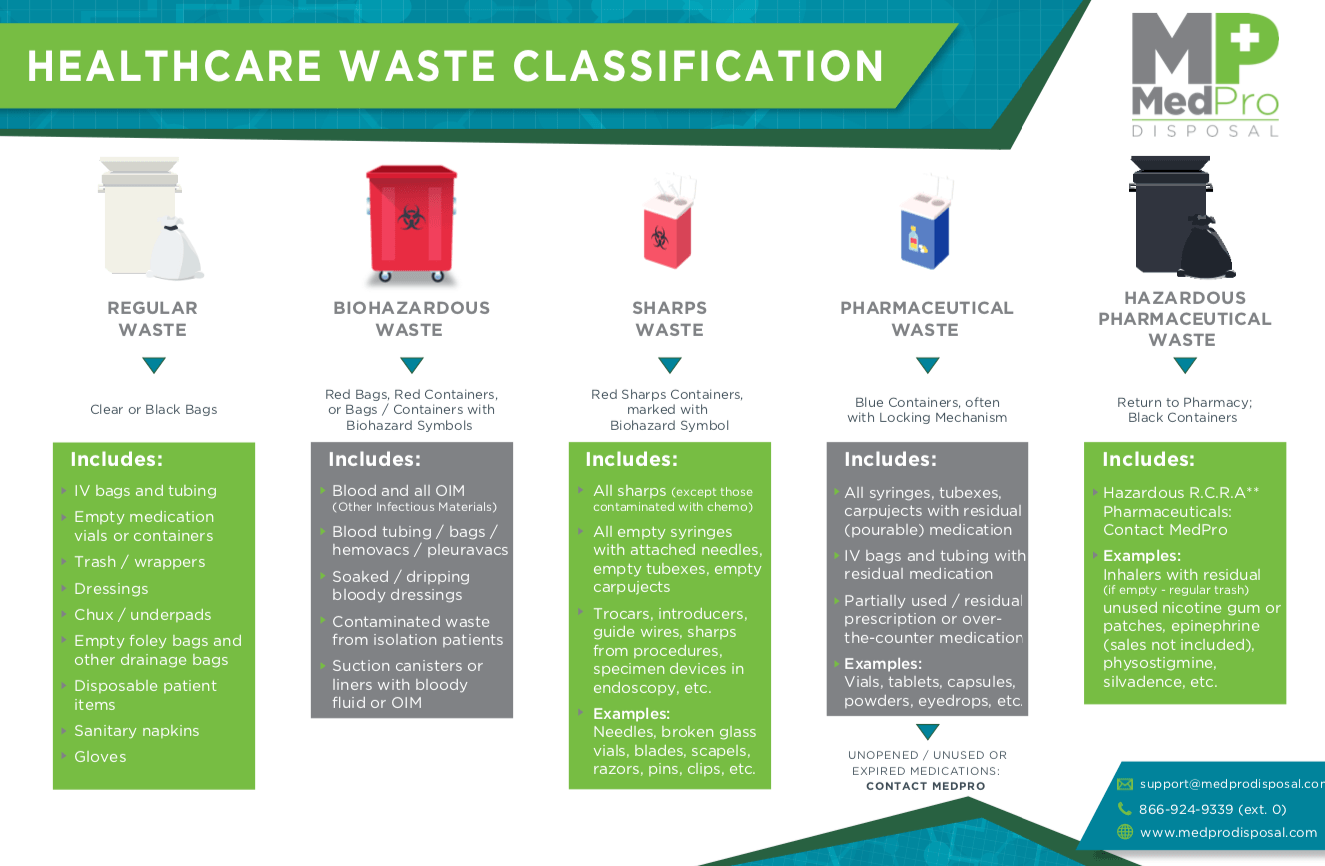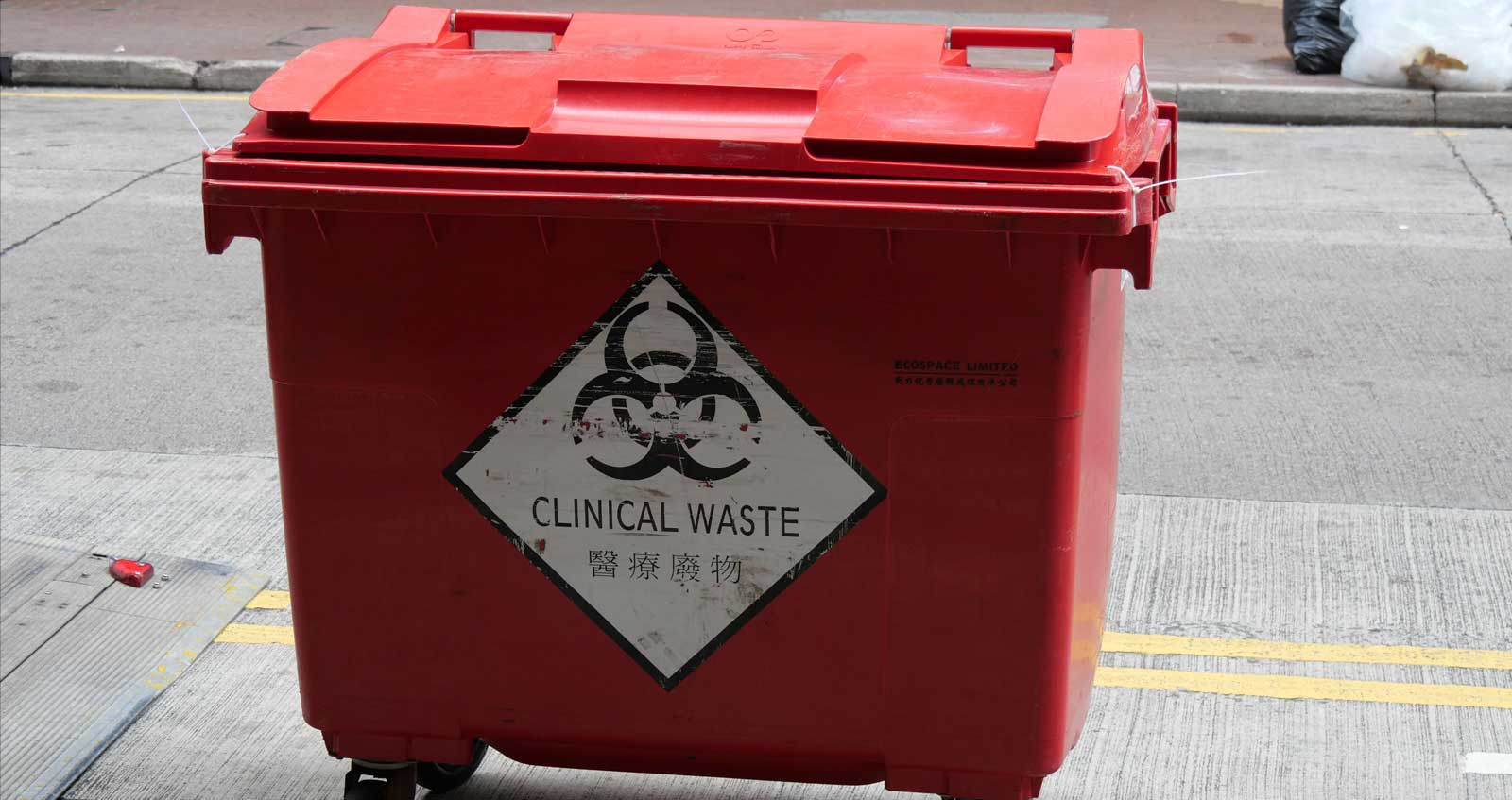Understanding the Different Types of Garbage Disposal Strategies
In the world of waste administration, the variety of disposal strategies offered today is vast and varied, each technique offering a distinctive objective in addressing the obstacle of garbage disposal. click here. From reusing approaches that intend to offer brand-new life to materials, to the intricate processes of dangerous waste administration, the landscape of waste disposal is complex yet crucial for ecological sustainability. Understanding the nuances of these different methods not only loses light on the importance of accountable waste management but additionally prompts us to reassess our approach towards garbage disposal in a rapidly evolving world

Recycling Methods
Reusing approaches are important for sustainable waste monitoring techniques in both domestic and industrial setups. medical waste removal service. By executing reliable recycling methods, a considerable quantity of waste can be drawn away from garbage dumps, conserving natural sources and decreasing the ecological influence of production procedures
In household locations, curbside recycling programs play an important role in encouraging families to separate recyclable materials from general waste. Products such as paper, plastics, glass, and steels can be sorted and collected for processing right into brand-new items, decreasing the demand for resources and energy-intensive manufacturing processes.
Industrial facilities likewise rely upon reusing approaches to reduce waste generation and advertise a round economic situation. By carrying out closed-loop systems, services can reuse materials within their manufacturing procedures, reducing prices and ecological footprint. medical waste removal near me. Furthermore, commercial recycling programs typically include collaborations with specialized reusing facilities to guarantee that products are appropriately sorted, processed, and reintegrated into the supply chain
Composting Techniques

Oxygenated fixed heap composting includes mixing organic waste products in a big pile and on a regular basis turning it to make sure appropriate oygenation. This method is reliable for large composting procedures. On the other hand, vermicomposting uses earthworms to break down raw material into nutrient-rich castings. This strategy is appropriate for smaller-scale operations and houses.
In-vessel composting entails putting natural waste in a closed container with controlled problems for temperature level and aeration. This approach works for taking care of food waste in city locations. Windrow composting includes creating long rows of natural waste and routinely turning them to advertise decomposition. This strategy is frequently made use of in agricultural settings.
Landfill Disposal
Land fill disposal is a commonly used method for handling waste that can not be recycled or composted. Methane gas, a byproduct of disintegrating organic waste in landfills, is frequently collected and used as a source of sustainable energy. Initiatives to lower dependence on landfills consist of advertising waste decrease, reusing, and checking out alternate waste disposal methods to reduce the environmental impact associated with standard land fill disposal practices.

Waste-to-Energy Incineration
Incineration of waste for power generation is a method increasingly being considered as an option to standard garbage dump disposal strategies. Waste-to-energy incineration entails the burning of waste materials at heats, typically in specialized centers created to create electrical power or warmth via the procedure - click here. Visit This Link This technique not only decreases the volume of waste that would or else be destined for landfills but also takes advantage of the heat generated throughout incineration to produce energy
One of the crucial benefits of waste-to-energy incineration is its capacity to create electrical power while minimizing the ecological impact contrasted to conventional garbage dump disposal methods. By converting waste right into energy, this method assists in decreasing greenhouse gas emissions and dependence on fossil fuels for energy generation. In addition, waste-to-energy facilities are outfitted with advanced air contamination control innovations to minimize potential ecological pollutants launched throughout the combustion procedure.
Hazardous Waste Monitoring

Thinking about the vital value of accountable waste administration practices, particularly in the realm of environmental sustainability, the focus currently shifts towards the intricate domain of Hazardous Waste Monitoring. Harmful waste poses significant threats to both human health and the atmosphere, necessitating specific handling and disposal strategies. Usual examples of contaminated materials consist of chemicals, batteries, chemicals, and digital waste.
Dangerous Waste Administration involves the recognition, collection, transportation, treatment, and disposal of products deemed unsafe or possibly hazardous. This procedure calls for adherence to stringent guidelines and guidelines to reduce unfavorable effect on ecosystems and public health and wellness. Different techniques are employed in handling contaminated materials, consisting of recycling, protected landfills, encapsulation, and chemical treatment.
Correct Hazardous Waste Administration is important for protecting against contamination of dirt, water sources, and air pollution. It is necessary for industries, labs, healthcare facilities, and various other generators of contaminated materials to execute durable monitoring approaches, training programs, and emergency feedback prepares to make certain the risk-free handling and disposal of these products. Failure to handle dangerous waste properly can have significant consequences, emphasizing the relevance of attentive and responsible practices in this field.
Verdict
In conclusion, waste disposal methods play a critical function in handling and lessening the influence of waste on the setting. It is crucial for people and sectors to comprehend the various waste disposal techniques offered and choose the most proper technique for lasting waste monitoring.
In the realm of waste management, the array of disposal techniques readily available today is substantial and varied, each approach offering an unique function in attending to the challenge of waste disposal. click here. From recycling approaches that intend to provide brand-new life to materials, to the detailed procedures of dangerous waste monitoring, the landscape of waste disposal is complex yet crucial for environmental sustainability. Recognizing the nuances of these different strategies not only sheds light on the value of liable waste monitoring yet likewise prompts us to reassess our approach towards waste disposal in a swiftly evolving world
Initiatives to lower dependence on garbage dumps consist of promoting waste reduction, recycling, and discovering alternate waste disposal methods to minimize the environmental footprint linked with typical land fill disposal practices.
It is vital for individuals and markets to recognize the different waste disposal strategies available and choose the most suitable approach for sustainable waste monitoring.
Comments on “Specialist Solutions for Health: Unveiling the Medical Waste Removal Service Benefit”